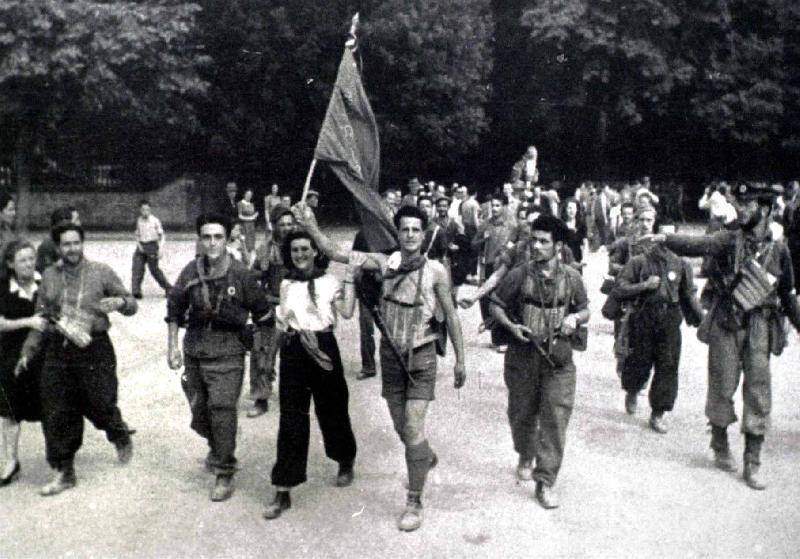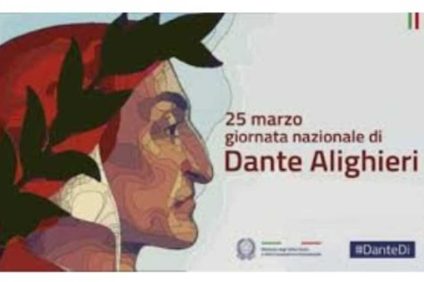Today the 77th is celebrated anniversary of the Liberation Day of Italy from the fascist government and the Nazi occupation. The partisan bands contributed to the liberation of the country from 1943, which gave rise to armed resistance. For this reason, the festival is also known as the anniversary of the Resistance. In reality, the German and Fascist occupation of Italy did not end on April 25, 1945, but continued for a few days. This date was chosen symbolically because it coincided with the beginning of the retreat of the soldiers of Nazi Germany and of the fascist ones of the Republic of Salò from the cities of Turin and Milan. This happened after the population had rebelled and the partisans had organized a plan to regain control of the cities.

Resistance
The Liberation Day was instituted a year later, exactly on April 22, 1946. On that date, the provisional Italian government, by means of a decree, established that April 25 became a national holiday. It was institutionalized by the law n.260 of May 27, 1949, presented in the Senate, in September 1948, by Alcide De Gasperi. There were numerous Italians, men and women of the Resistance, killed due to Nazi-fascism. But when was the Resistance born? He was born during the Second World War, after thearmistice of 8 September 1943, on the initiative of anti-fascists and soldiers of the dissolved royal army.

Soon the partisans became a real army of people. The Resistance was joined by workers, peasants and young draft evaders from the Republic of Salò. The action of the partisans was coordinated by National Liberation Committees, in which the parties that arose and reconstituted during 1943 were represented. The first of the CLN was constituted in Rome on 9 September 1943. Within the partisan formations there were the Garibaldi (communist), the Matteotti (socialist) and Giustizia e freedom (of the party of action). In June 1944 the National Liberation Committee of Upper Italy was also constituted. On April 25, the Italian resistance unleashed the national uprising against the Germans. Benito Mussolini attempted to flee to Switzerland by joining a German column. Recognized and captured by the partisans, he was executed on April 28 in Dongo. With him also his companion Claretta Petacci and other hierarchs. Their bodies were exhibited in Piazzale Loreto in Milan.
The meaning of the party
The Liberation Day represents the victory of the Italian people against Nazi-fascism. April 25 embodies a meaning of freedom and democracy. Different and noble were the ideals that moved the action of the partisans. Among these, the fidelity, passion, love and enthusiasm with which they fought to defend their homeland. The partisan people consisted of men and women, young and old, civilians and soldiers, belonging to different social classes and different parties, willing to sacrifice their lives for the freedom and dignity of Italy.

Thanks to them, all Italians had the right to choose their rulers with the democratic method. On June 2, 1946, the Resistance parties received the consent of over 17.500 voters. Together they elaborated the text of the Constitution of the democratic republic, which came into force on 1 January 1948. The Liberation Day is celebrated every year in all Italian cities, with various public events to commemorate the event. The most important event of this day is the homage of the President of the Republic to the tomb of the Unknown Soldier in Rome.
Homage to the Unknown Soldier
At 9 this morning, the President Sergio Mattarella, in the presence of the high offices of the state, he will lay a laurel wreath at the foot of the monument dedicated to the Unknown Soldier. The traditional passage of the tricolor arrows on the sky of the capital will follow. This event will mark the start of the Liberation Day celebrations.

Also in Rome, theAnpi (National Association of Partisans of Italy) has organized a procession that will move from Largo Benedetto Bompiani to Piazzale Ostiense. In every city of Italy commemorative events and cultural events are planned in memory of this so important day that became a symbol of the Resistance, which put an end to twenty years of fascist dictatorship and five years of armed conflict. Today, when the world is threatened by the war between Russia and Ukraine, this date takes on an even deeper symbolic value and becomes an opportunity to demonstrate against all forms of dictatorship.
(Photo: Anpi Facebook page and April 25 Facebook page)





